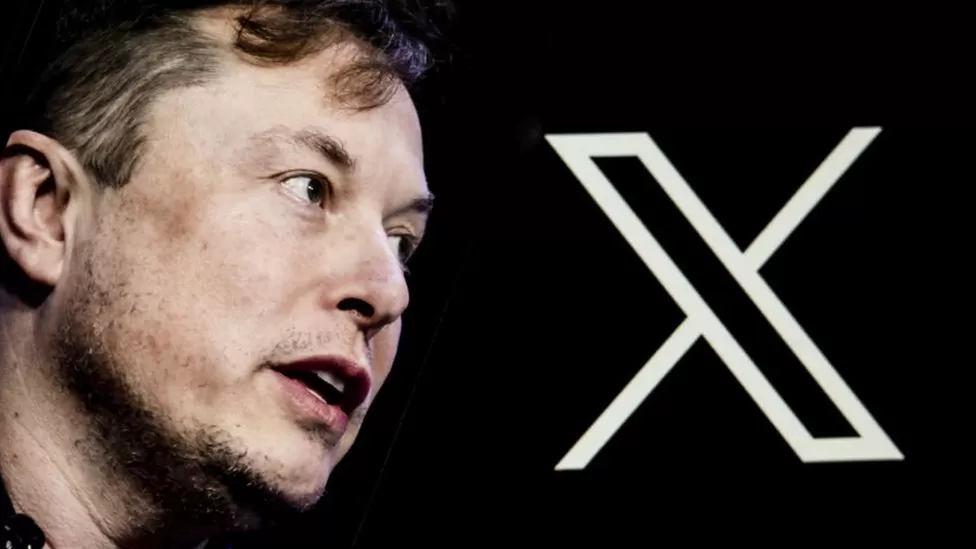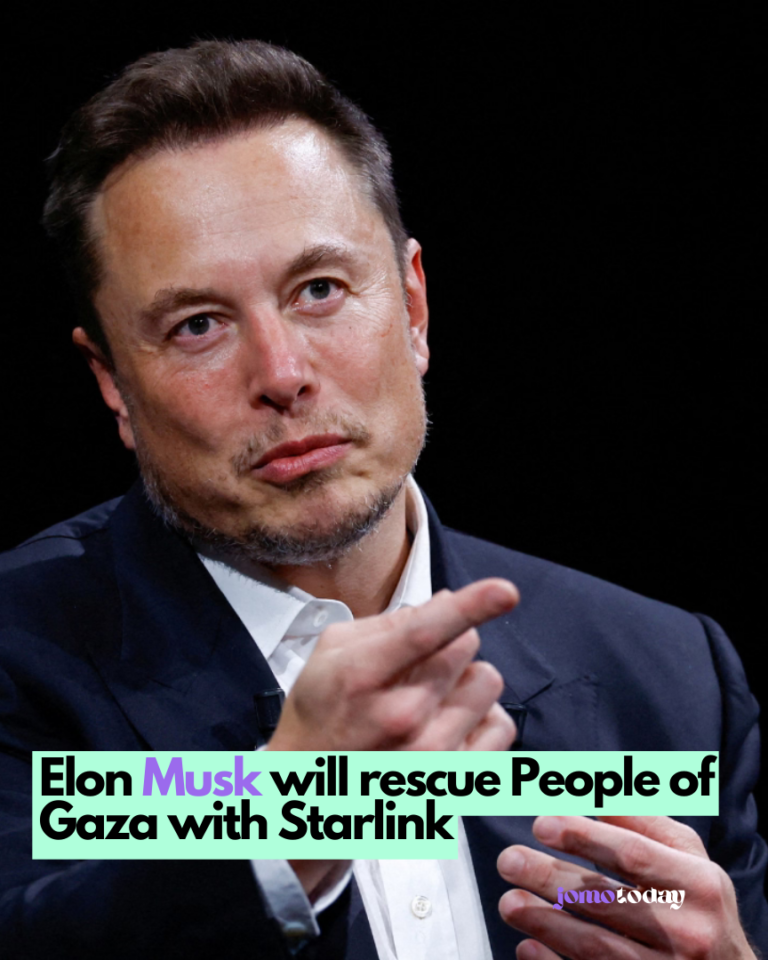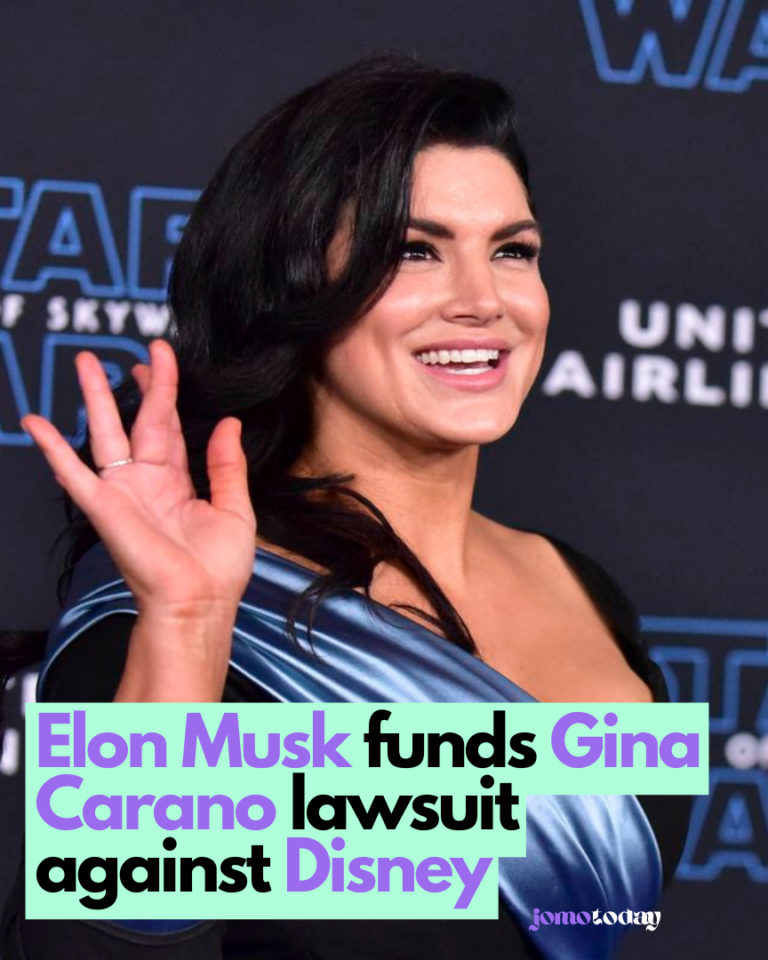
Twitter has undergone a significant rebranding, transitioning its iconic blue bird logo to a new white “X” design on a black background for its desktop version. However, the change has not yet been implemented on the mobile app. Additionally, Twitter’s owner, Elon Musk, announced that the term “Tweets” will be replaced with “x’s,” signaling a broader shift in the platform’s terminology.
Elon Musk, who has been discussing the creation of a novel social media platform called “X” for some time, seems determined to transform Twitter into a “super app” under this new vision. To solidify the change, Musk changed his own profile picture to the new “X” logo and added “X.com” to his Twitter bio.
This rebranding effort culminated in Musk’s tweet on Sunday, wherein he expressed his intention to bid farewell to the Twitter brand and eventually eliminate all references to birds. As a symbolic gesture, he shared an image of the new “X” branding projected onto the side of Twitter’s headquarters in San Francisco.
Elon Musk, who has rebranded the business to X Corp, expressed that the replacement of the Twitter logo with the “X” should have been done much earlier. He shared an image of a flickering “X” on Twitter, and during a Twitter Spaces audio chat, he confirmed that the Twitter logo would indeed be changing.
Linda Yaccarino, Twitter’s new chief executive, took to the platform to express her excitement about the rebranding, seeing it as an opportunity for X to build on Twitter’s legacy of transforming global communication in the past.
The original Twitter bird logo, named Larry, was a tribute to basketball star Larry Bird, as revealed by Twitter’s co-founder Biz Stone back in 2011. However, with the introduction of the new “X” branding, the bird logo will no longer represent the platform.
The announcement of the logo change evoked a strong reaction from users on Twitter, with many expressing sadness at the loss of the iconic blue bird. Martin Grasser, the designer behind the original logo created in 2012, particularly mourned its departure, and his sentiment was later shared by Jack Dorsey, Twitter’s best-known co-founder, with a goat emoji, symbolizing “greatest of all time.”
The everything app
Over the past few years, super-apps like India’s PayTM and Indonesia’s GoJek have become integral parts of everyday life for many people in Asia. These apps offer a wide range of services and enable users to pay for various services through their integrated finance systems.
WeChat, originally a messaging and social media platform, has transformed into one of the most prominent apps in the region, boasting an extensive array of services and a vast user base. In China alone, it was estimated to have around 1.29 billion users last year.
Elon Musk’s vision for the “everything app” with X Corp reflects his ambition to follow the successful trailblazing examples of Asian super-apps like WeChat and Moj. By incorporating additional services such as shopping or payments, Musk aims to surpass Twitter’s capabilities. However, the competition is fierce, as there are already numerous alternatives in the market, putting Musk and his team in a challenging catch-up game.
Twitter’s logo, the iconic blue bird, is considered the company’s most recognizable asset, and the company is known to be protective of it. Nevertheless, in a temporary move last April, Twitter replaced its logo with Dogecoin’s Shiba Inu dog, which coincided with a surge in the meme coin’s market value. This move raised accusations of insider trading against Elon Musk from a group of Dogecoin investors who claimed he had profited from the increase in Dogecoin’s value driven by his actions.
Rapid rebrand
Over the past few years, super-apps like India’s PayTM and Indonesia’s GoJek have become integral parts of everyday life for many people in Asia. These apps offer a wide range of services and enable users to pay for various services through their integrated finance systems.
WeChat, originally a messaging and social media platform, has transformed into one of the most prominent apps in the region, boasting an extensive array of services and a vast user base. In China alone, it was estimated to have around 1.29 billion users last year.
Elon Musk’s vision for the “everything app” with X Corp reflects his ambition to follow the successful trailblazing examples of Asian super-apps like WeChat and Moj. By incorporating additional services such as shopping or payments, Musk aims to surpass Twitter’s capabilities. However, the competition is fierce, as there are already numerous alternatives in the market, putting Musk and his team in a challenging catch-up game.
Twitter’s logo, the iconic blue bird, is considered the company’s most recognizable asset, and the company is known to be protective of it. Nevertheless, in a temporary move last April, Twitter replaced its logo with Dogecoin’s Shiba Inu dog, which coincided with a surge in the meme coin’s market value. This move raised accusations of insider trading against Elon Musk from a group of Dogecoin investors who claimed he had profited from the increase in Dogecoin’s value driven by his actions.
The swift rebranding of Twitter to X Corp has raised security concerns among experts. Jake Moore, a global cyber adviser at security firm ESET, warns that such a transition from one company name to another could potentially open the door to phishing attacks. Phishing is a form of cybercrime where attackers impersonate legitimate individuals or organizations to deceive users into divulging sensitive information, such as login credentials or personal data.
According to Moore, cybercriminals may take advantage of the rebranding situation by sending phishing emails that request users to sign in through a new URL provided in the email. However, this URL would be fake, and unsuspecting users could be tricked into unwittingly handing over their genuine Twitter (now X Corp) credentials without exercising their usual level of caution.
The urgency and novelty surrounding the rebranding could create an atmosphere of confusion and less skepticism among users, making them more susceptible to falling for phishing attempts. Cybercriminals might exploit this vulnerability, especially those actively searching for the new URL associated with the rebranded platform. Therefore, it’s essential for users to remain vigilant and cautious while navigating through this transition to protect their online security and privacy.
X obsession
Indeed, Elon Musk has shown a long-standing fascination with the letter “X,” although the exact reason for this preference remains unclear. One of his early business ventures in 1999 was named X.com, an online banking platform. It was a pioneering effort in the online financial services industry.
Within a short span of three years, in 2002, Elon Musk’s X.com had merged with another company called Confinity, which operated a money-transfer service called PayPal. Subsequently, the combined entity was acquired by the online marketplace giant eBay, resulting in a lucrative deal for Musk. He earned $165 million from the sale of X.com, which was now operating as part of PayPal.
While the specific significance of the letter “X” to Elon Musk may not be publicly known, it has played a role in the naming and history of some of his early ventures and business successes.

Yes, in addition to his other ventures, Elon Musk also owns the domain name X.com, which currently redirects to Twitter, reflecting his involvement with the social media platform’s rebranding as X Corp.
As mentioned earlier, he is the chief executive of SpaceX, a highly successful commercial American aerospace company founded in 2002. SpaceX has been at the forefront of space exploration and has achieved several groundbreaking milestones in the aerospace industry.
Furthermore, Elon Musk’s personal life has also been influenced by his fascination with the letter “X.” He named his first child with musician Grimes as “X Æ A-12 Musk,” a unique and attention-grabbing name.
Additionally, Mr. Musk recently launched his long-awaited artificial intelligence start-up, xAI, with the objective of developing an alternative to ChatGPT, likely referring to the technology behind this very AI language model.
It is evident that the letter “X” holds a significant and mysterious significance in Elon Musk’s life, and it has made appearances in various aspects of his professional and personal endeavors.





Leave a Comment